 The Westchester and Hudson Valley regional housing market finished 2015 strong, with another surge in activity that drove sales up almost 17% for the year. And although this sustained increase in buyer demand has not yet had its expected impact on pricing, declining levels of inventory are now signaling that meaningful price appreciation is imminent.
The Westchester and Hudson Valley regional housing market finished 2015 strong, with another surge in activity that drove sales up almost 17% for the year. And although this sustained increase in buyer demand has not yet had its expected impact on pricing, declining levels of inventory are now signaling that meaningful price appreciation is imminent.
In other words – welcome to the seller’s market! As we have noted before in this Report, our housing market tends to run in approximately 15-year cycles from the beginning of a seller’s market to the end of a buyer’s market. We saw this cycle play out from 1981-1997, with prices and activity rising for about seven years through most of the 1980s (the “seller’s market”) and then falling for about eight years from 1989-1997 (the “buyer’s market”). And we saw it again in another 15-year period from the seller’s market that started in the late 1990s, ran through the crash of 2008-09, and then transitioned to the buyer’s market that ran through the past few years.
Well, as we come into 2016, we are now on the cusp of a new cycle, a seller’s market that has been slow to develop over the past few years, but is now showing real signs of taking off. Here are some of the reasons why:
First, sales activity has now been generally up for over four years. Year-on-year sales have now gone up for 14 out of the past 16 quarters, culminating in almost 13,500 single-family sales this year – the highest total we have seen since the height of the last seller’s market in 2005. By comparison, yearly regional closings routinely fell below the 10,000 sale mark after the market correction in 2008.
Second, inventory levels have dropped significantly, with some markets going below the crucial six-months-of-inventory mark. We measure inventory levels by looking at the “months of inventory” available at any given time on the market, which we calculate by taking the number of homes on the market and dividing them by the average number of homes that are selling every month. So, if we have 1,000 homes on the market, and we are selling about 100 homes on average every month, we say that we have about 10 “months of inventory.” According to industry standards, about six months of inventory signals a “balanced” market: anything less, and buyers chasing scarcity are likely to create bidding wars that will drive prices up. And for the first time in about 10 years, we’ve seen one of our markets go under six months of inventory, with Westchester single-family homes at about 5.1 and condos at about 3.9. The other markets are above six months, but they are definitely trending downward and are hitting levels we have not seen since the last seller’s market.
Third, as a result of declining inventory and rising demand, we are starting to see some “green shoots” in pricing at the county level. It doesn’t look like much, particularly since the overall regional price fell this year due to some regression in Westchester, but we are seeing a slight upward trend in most of the counties over the past several years. It takes time for changes in activity to impact pricing, but basic economics tells us that four years of rising sales coupled with a declining inventory should drive prices up.
Going forward, we expect that 2016 will mark the clear beginning of a fully realized seller’s market. The economy is in reasonably good shape, interest rates are still near historic lows, and homes are now priced pretty attractively given that they’re still at 2003-04 levels without adjustments for inflation. So we see no reason why buyer demand would fall off from its current levels. And unless we see a flood of new inventory hitting the market, those buyers are going to be chasing a declining number of homes for sale, which is likely to drive prices up in a robust spring market and through the end of the year.
To learn more about Better Homes and Gardens Rand Realty, visit their website and Facebook page, and make sure to “Like” their page. You can also follow them on Twitter.

 Facebook
Facebook
 X
X
 Pinterest
Pinterest
 Copy Link
Copy Link



